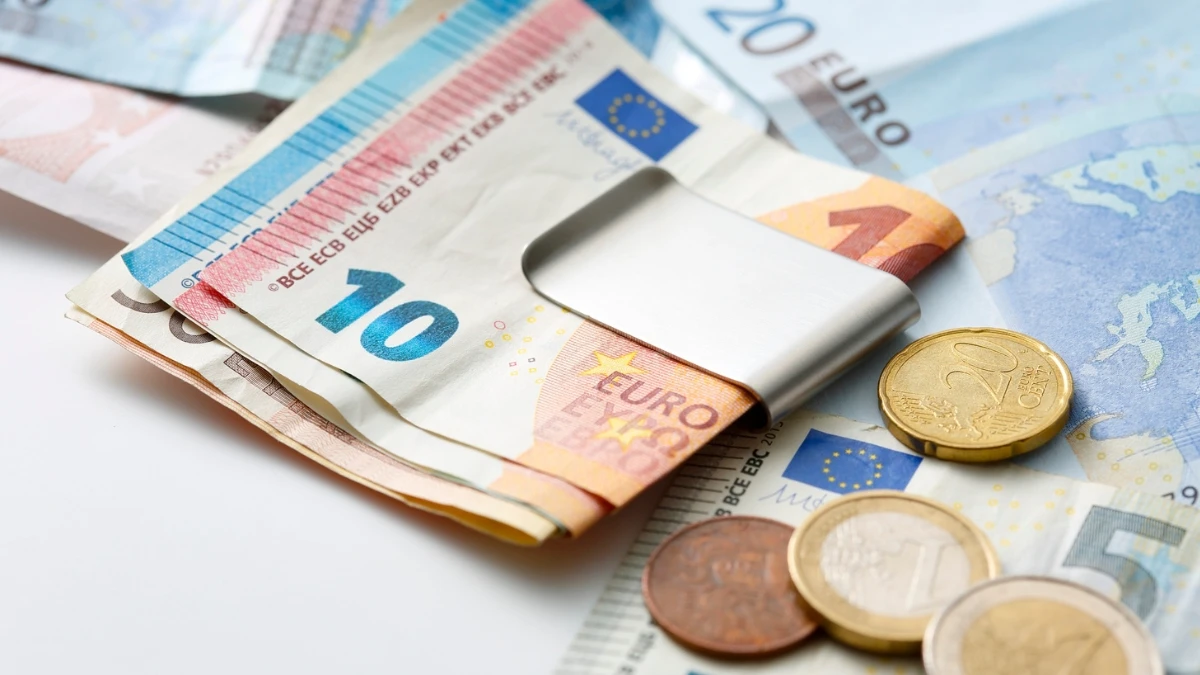You check the news. “Dollar loses reserve status!” the headline screams. “Euro surges as central banks flee the greenback!”
So you short the dollar. Maybe you load up on euros. You’re following the data.
Wrong. You just fell for the biggest trap in currency markets.
Here’s what actually happened: In the second quarter of 2025, the dollar’s share of global reserves dropped 1.47 percentage points. That sounds huge. But 92% of that drop wasn’t real.
It was math playing tricks on you.
The $400 Billion Trick Nobody Talks About

Let me show you how this works.
Central banks worldwide hold $12.94 trillion in reserves. They keep this money in different currencies—dollars, euros, yen, and others.
The IMF tracks all this in something called COFER data. Every quarter, they release new numbers. And every quarter, traders make the same mistake.
They forget one simple thing: All these numbers get reported in US dollars.
Think about what that means. Say a central bank holds 100 billion euros. When the euro gets stronger against the dollar, those euros are suddenly worth more dollars. The bank didn’t buy anything new. But the dollar value went up.
The IMF counts that as a bigger euro position. And a smaller dollar share.
It’s not real. It’s just currency movements creating an illusion.
What Really Happened in Q2 2025
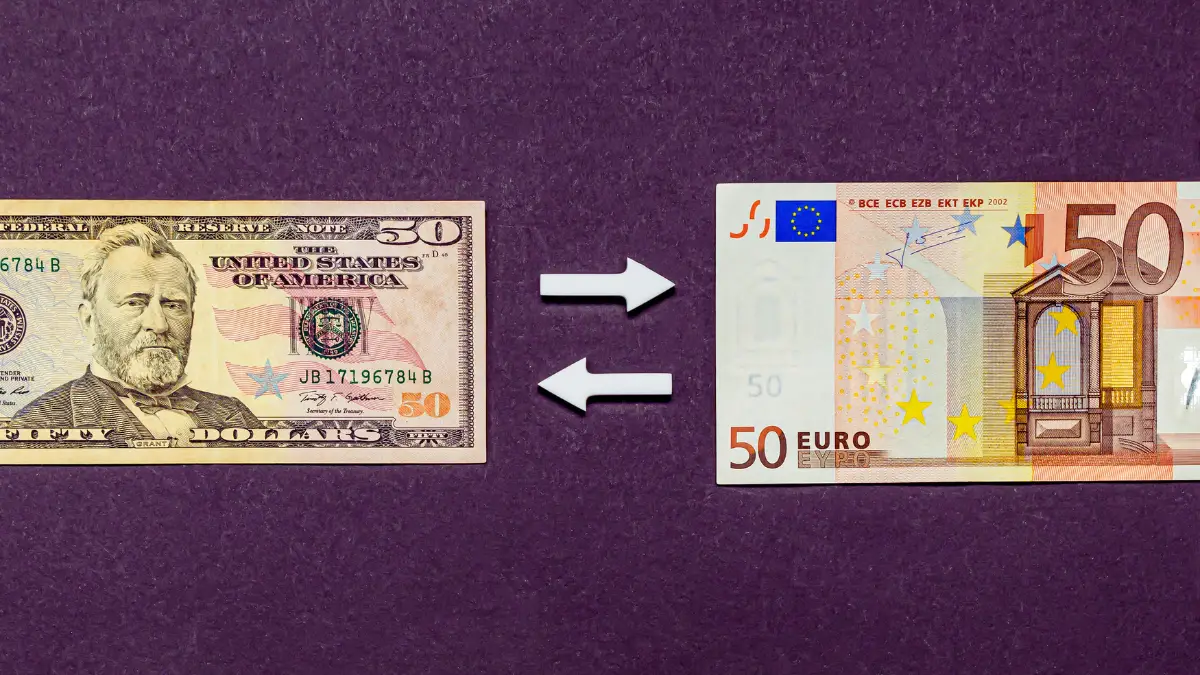
Let’s look at the actual numbers from the IMF’s October 1, 2025, report.
The headline story:
- Dollar share fell from 57.79% to 56.32%
- Euro share jumped from 20.00% to 21.13%
- Looks like massive de-dollarization, right?
The real story after adjusting for exchange rates:
- Dollar share would have RISEN by 0.68 percentage points
- Euro share actually FELL by 0.04 percentage points
- Central banks weren’t selling dollars at all
The study, published by IMF economists Glen Kwende, Erin Nephew, and Carlos Sánchez-Muñoz, breaks this down clearly. They calculated what would have happened if exchange rates had stayed flat.
The results flip the narrative completely.
Here’s why it happened: The DXY index (which measures the dollar against major currencies) fell more than 10% in the first half of 2025. That’s the biggest drop since 1973.
When the dollar falls that much, every non-dollar currency in reserves automatically looks bigger in dollar terms. Even if central banks didn’t touch them.
The Euro’s Fake Victory

The euro got hit by this same effect.
Headlines said the euro’s reserve share surged 1.13 percentage points. Sounds impressive. Central banks must love euros now.
Except they don’t.
Of that 1.13 percentage point increase, 1.17 percentage points came from valuation effects. Do the math. Without currency movements, euro holdings actually went DOWN.
Central banks were selling euros, not buying them.
But you’d never know that from reading financial news.
Why This Costs You Money

Let’s say you trade EUR/USD. You’re watching reserve data to time your entries.
In July 2025, you see the headlines about dollar weakness in reserves. You go long on euros at 1.15. You’re confident. The data backs you up.
Fast forward to October 2025. EUR/USD is at 1.16. You made a tiny bit. But you missed the real opportunity.
Because adjusted reserve data showed dollar strength. Not weakness. You should have been looking for dollar bounce opportunities, not betting on continued decline.
That misread cost you. Maybe not much on one trade. But multiply it across dozens of trades over a year. Now we’re talking real money.
The Three Mistakes Even Pros Make

Mistake #1: Taking quarterly changes seriously
One quarter means nothing. Currency markets are noisy. A single quarter’s data might be 90% valuation effects, 10% real changes.
You need to look at trends over 4-8 quarters minimum.
Mistake #2: Ignoring unallocated reserves
About 7% of global reserves are “unallocated.” Nobody knows what currency they’re in. That’s nearly $1 trillion in mystery money.
When that number swings, it can completely distort the picture.
Mistake #3: Believing the de-dollarization hype
The dollar held 58% of reserves in 2022. In 2024, it held 58%. Even after the Russia sanctions. Even after inflation. Even after all the headlines.
The share barely moved.
What Central Banks Are Actually Doing

Forget the noise. Here’s what’s really happening.
They’re buying gold. Emerging market central banks doubled their gold allocation over the past decade. It went from 4% to 9% of their reserves. China, Russia, and Turkey lead the buying.
Gold prices are heading toward $4,000 per ounce by mid-2026, according to analysts at JP Morgan, but it crossed $4000 mark in Oct 2025 already. That’s partly because of this steady central bank demand.
They’re using smaller currencies. The Swiss franc. The Australian dollar. The Canadian dollar. These currencies from stable, well-run economies are gaining ground.
Not at the dollar’s expense. At the euro’s expense.
They’re not rushing to replace the dollar. Despite everything, the dollar remains king. It’s used in 88% of all forex transactions. It makes up 58% of reserves. The euro sits at 20%.
That gap isn’t closing fast.
How to Read Reserve Data the Right Way

Stop looking at raw numbers. Start doing the adjustment yourself.
Step 1: Get the data
Go to data.imf.org and find the COFER database. Download the quarterly numbers.
Step 2: Check exchange rates
Pull up the Federal Reserve’s H.10 report. It shows exchange rates for all major currencies.
Step 3: Calculate the adjustment
Take the previous quarter’s reserve holdings. Apply the new exchange rates. Compare to the actual new holdings.
The difference? That’s real accumulation or selling.
Step 4: Look at the trend
One quarter doesn’t matter. Look at 8 quarters. Smooth out the noise.
Step 5: Cross-check with other data
Check the BIS banking statistics. Look at trade invoice data. See if the story matches.
What This Means for Your Trades Right Now
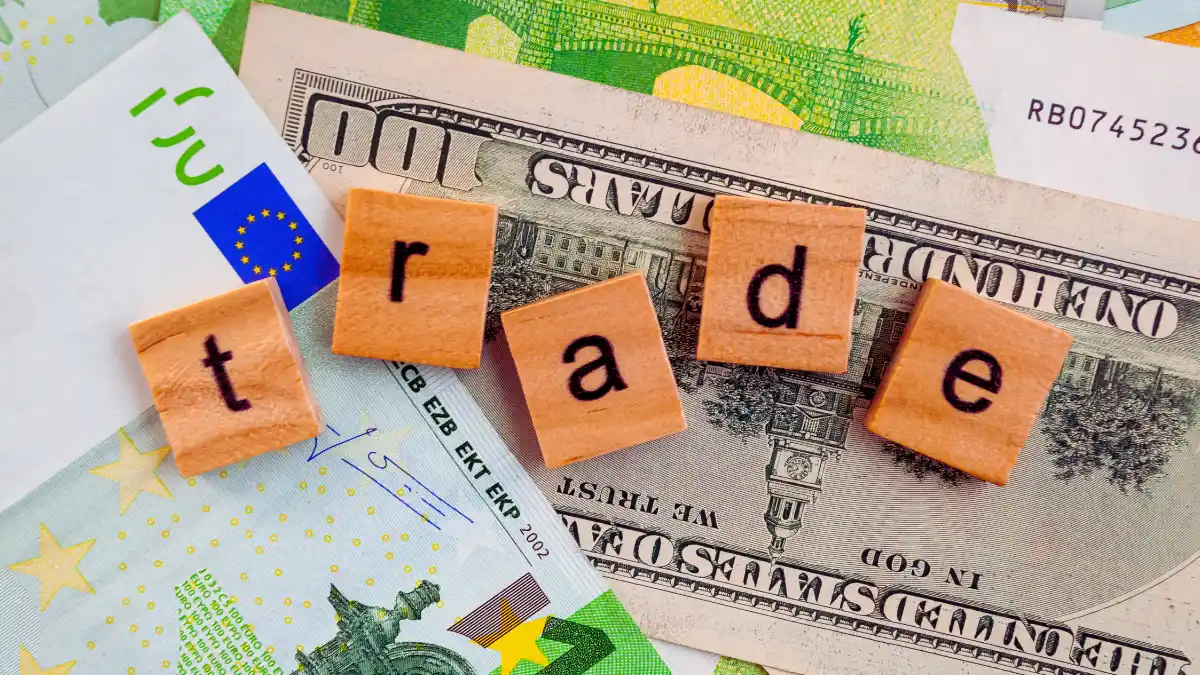
As of October 13, 2025, EUR/USD trades at 1.16. It’s up about 6% over the past year.
Most traders expect more euro strength. Reserve data seems to support that view.
But adjusted reserve data tells a different story. Central banks have been neutral to slightly negative on the euro. They haven’t been aggressive dollar sellers either.
What does that mean?
The euro’s gains come from interest rate differentials, not fundamental shifts in reserve allocation. The European Central Bank cut rates eight times through June 2025. The Fed held steady.
That’s your real driver. Not reserve data.
For your trades, this means:
- Don’t bet on a major dollar collapse based on reserve headlines
- Watch for euro weakness as ECB cuts run their course
- Look for dollar bounce opportunities when bad reserve headlines hit
- Focus on rate differentials more than reserve composition
The Contrarian Play Nobody’s Making
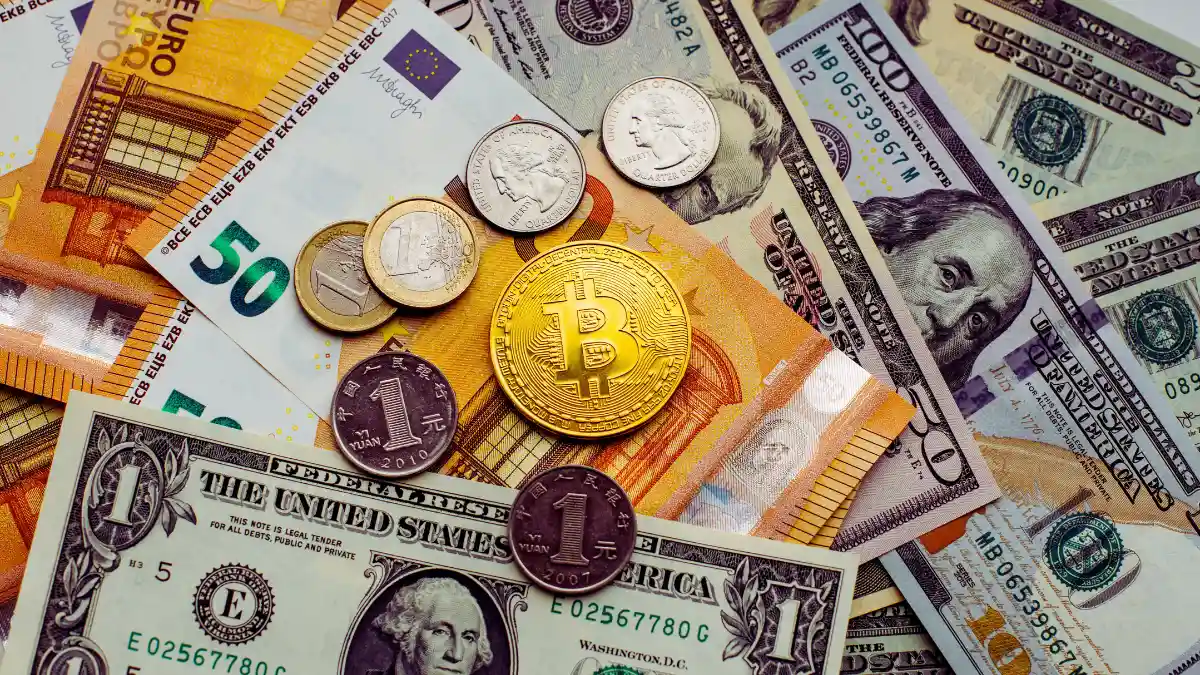
Here’s what smart money is doing quietly.
They’re looking at the valuation-adjusted data. They see the dollar isn’t as weak as headlines suggest. They see the euro isn’t as strong.
When everyone panics about the dollar reserve share dropping, they buy the dollar. When everyone celebrates the euro’s strength, they fade the rally.
It’s not sexy. But it works.
Because 92% of market participants are trading the mirage. You can trade the reality.
Your Action Plan for the Next 6 Months

For active traders:
Set up alerts for IMF COFER releases. They come out quarterly. When new data drops, do your own adjustment calculation before trading.
Don’t trust the headlines. Don’t even trust the raw numbers.
For long-term investors:
The dollar will likely weaken gradually over the years. Not because of the reserve flight. Because of fiscal deficits and slowing growth.
But it’s a slow process. Not a crisis. Position accordingly.
Add some euro exposure if you’re dollar-heavy. But don’t go all-in on de-dollarization trades.
For everyone:
Bookmark these resources:
- IMF COFER database at data.imf.org
- Federal Reserve H.10 exchange rates
- FRED database for economic data
Check them monthly. Build your own view.
The Bottom Line
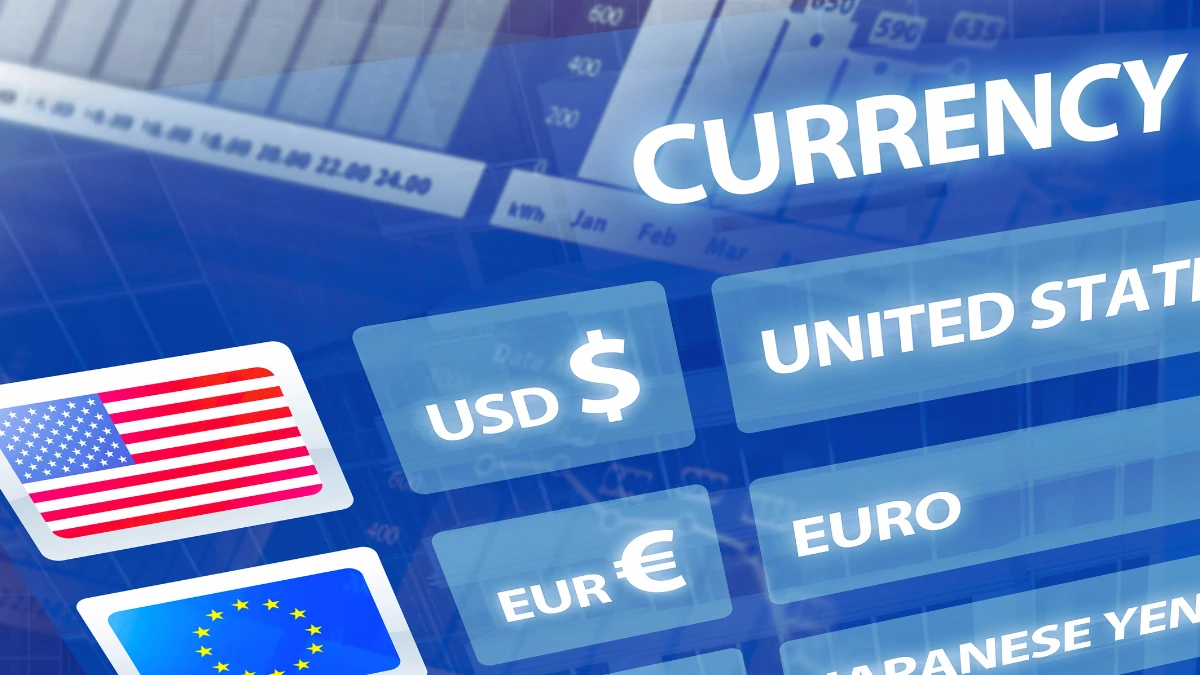
Most investors are reading reserve data like a newspaper headline. Big. Bold. Simple.
But reserve data is more like a magic trick. What you see isn’t what’s happening.
The dollar isn’t collapsing. The euro isn’t surging. Central banks aren’t fleeing to alternatives.
They’re making small, gradual adjustments. Those adjustments get magnified or hidden by exchange rate math.
When you adjust for that math, the whole story changes.
The real question isn’t whether the euro is up and the dollar is down. The real question is: Are you trading the reality or the illusion?
Because that difference—between adjusted and unadjusted data—might be the edge you’ve been looking for.
In Q2 2025, that edge would have kept you from shorting the dollar when you should have been buying it. It would have saved you from chasing euro strength that wasn’t real.
That’s worth a lot more than a few percentage points.
Start tracking the adjusted numbers. Build your own spreadsheet. It takes 30 minutes a quarter.
And it might just change how you see currency markets forever.
The mirage is powerful. But once you see through it, you can’t unsee it.
That’s your advantage now. Use it.

